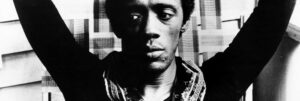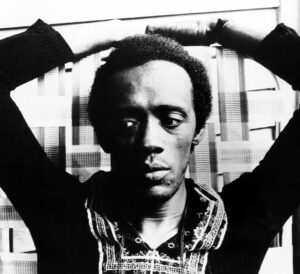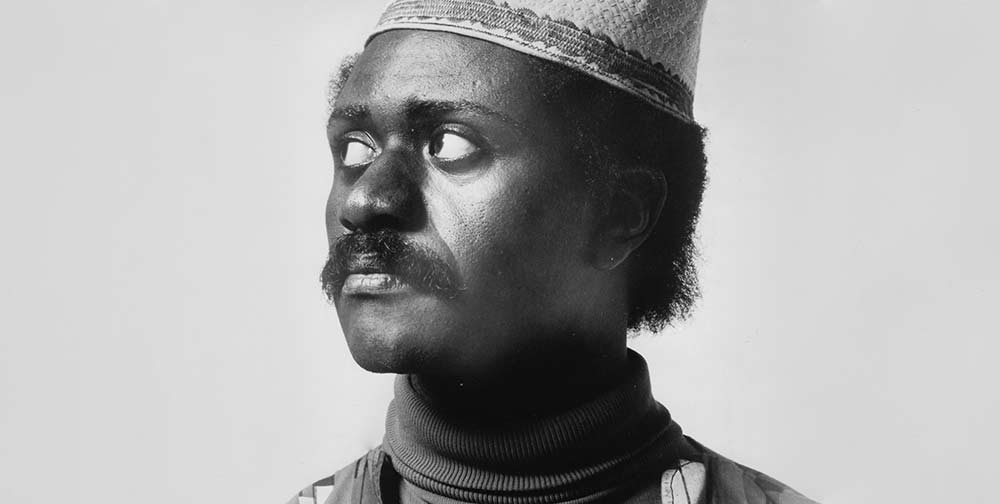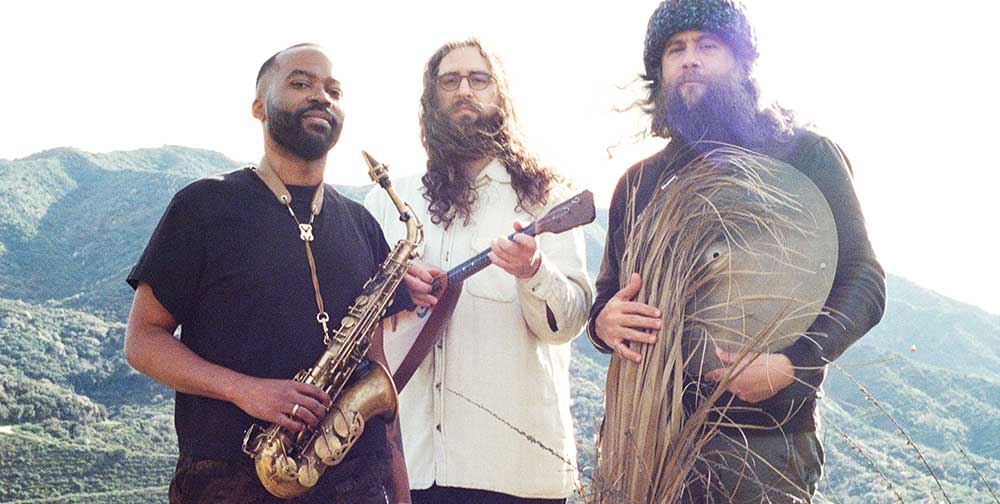In his Jazz Times obituary in October 2010, the poet Amiri Baraka recalled his friend, the late saxophonist Marion Brown: “Marion emerged just as the new music and the new musicians who played it arrived downtown; that point when Coltrane had left Miles and some people were putting him down for being weird… and all of us who were close to the music knew some other stuff was about to go down.”
Raised in Atlanta, Marion Brown had first picked up the saxophone when he heard Charlie Parker. After studying law at Howard University in Washington D.C., he spent three years in the army where he played in various bands. But it was when he moved to New York in 1962 that he found his calling.
New York City’s lofts and coffee shops became the incubators of the “New Thing”, and Brown was right there in the eye of the storm. “Marion got one of his first chances to record through Archie Shepp, because Marion would see Shepp every time he came over to our house,” Baraka recalled. “Learning from all of us and being drawn to Shepp’s then-brand-new outrageous funk. Marion was ‘raised’ in this warhead of the avant-garde, and it seemed everything was possible!”
The results were Brown’s first associations with the label most associated with the “New Thing” when he joined Archie Shepp for his second album for Impulse!. Recorded at Van Gelder Studio on 16 February and 9 March 1965 with a sextet that included Reggie Johnson on bass and Joe Chambers on drums, it was such a pivotal album that “Fire Music” became a common term for the avant-garde. On the exploratory free jazz blues of “Hambone”, Shepp wields his tenor like a sword while Brown trades fierce blows with his alto. But like the bandleader, Brown could also play with great warmth and elegance, as heard on the mournful ballad “Prelude to a Kiss”.
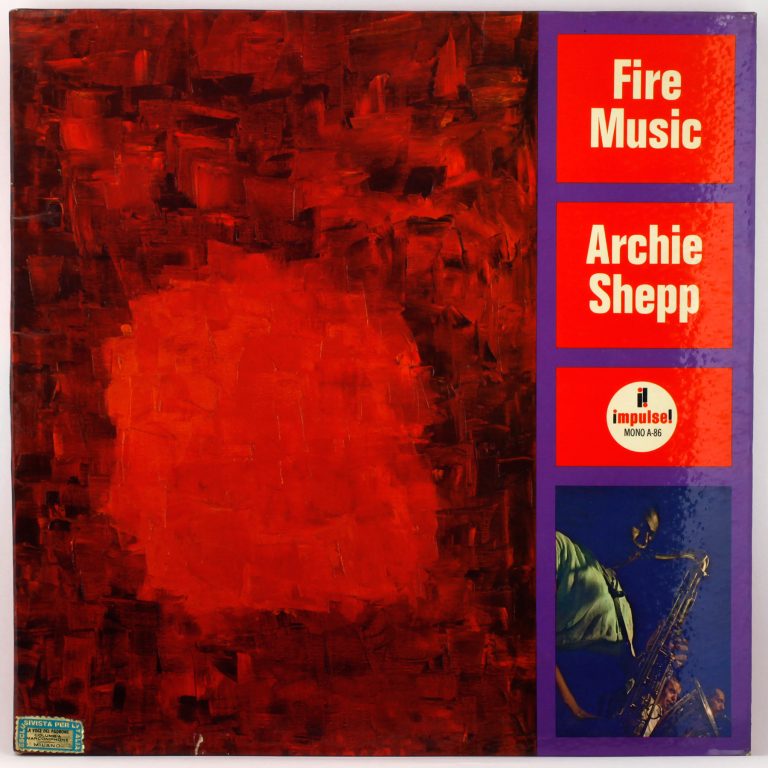
ARCHIE SHEPP Fire Music
Available to purchase from our US store.Now firmly ensconced in the Impulse! fold, Brown was invited back to Van Gelder Studio on 28 June 1965, by John Coltrane to join him, Archie Shepp and Pharoah Sanders for the “Ascension” session, on which he shared alto duties with John Tchicai. The same year saw Brown debut with his own Quartet for the first of two acclaimed free jazz albums for ESP Disk before he returned to Impulse! for the album “Three for Shepp” with Brown’s originals showing his compositional skills were right up there with those of his mentor.
On the subsequent albums he recorded both in Europe for ECM and Calig and back in America for Impulse!, including his Georgia trilogy of albums “Afternoon of a Georgia Fawn”, “Geechee Recollections” and “Sweet Earth Flying”, Brown became one of the most constantly inventive figures in the avant-garde. Through the early 1970s he also featured on significant recordings of free improvisation with the likes of Wadada Leo Smith, reaching a pinnacle with the 1975 album “Creative Improvisation Ensemble”.
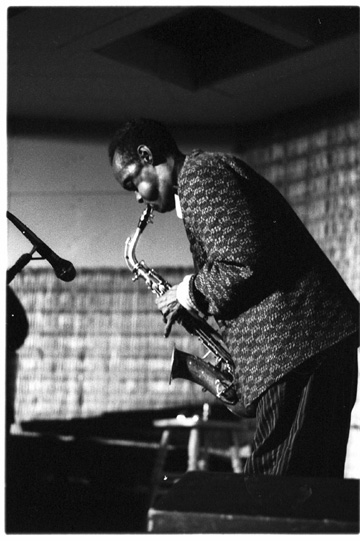
But within the fire and freedom there was always a big lyrical aspect to Brown’s playing. Combined with a restless and diverse creativity, it made him one of the least classifiable of all the saxophonists that came out of the “New Thing”. And for his final album for Impulse!, produced by Ed Michel at Generation Studios, New York, on 18 and 19 February 1975, he recorded his most meditative work. Listened to after the blistering sound storm of “Creative Improvisation Ensemble” of the same year, it is something of a calming balm.
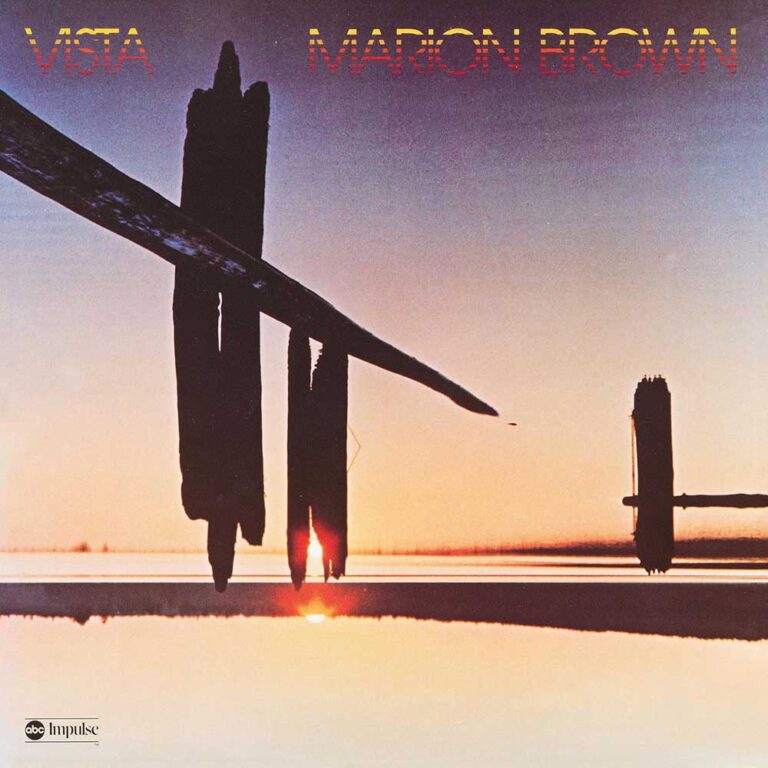
MARION BROWN Vista
Available to purchase from our US store.The album opens with a beautiful version of Stanley Cowell’s modal jazz composition “Maimoun”, previously recorded by the pianist on his 1972 “Illusion Suite” for ECM and on his solo album for Strata East in 1973, “Musa: Ancestral Streams”. Soaring over Cowell’s impressionistic piano, Brown’s serene horn is augmented by the swirling Fender Rhodes of Anthony Davis and the serious rhythm section of drummer Ed Blackwell and bassist Reggie Workman. Just as tender is the group’s take on Stevie Wonder’s “Visions” featuring the sublime voice of Allen Murphy of the Paul Mitchell Trio from his hometown Atlanta, surely one of the greatest unrecognised jazz singers.
The bandleader’s one composition on the album, “Vista”, opens with a hypnotic suspended piano line and temple bells, before Brown’s Pharoah Sanders-like spiritual horn soars above a bed of congas and slit drums by Ed Blackwell and percussionist Jose Goico. The album is also notable for the appearance of ambient pioneer Harold Budd on celesta and gong on his own composition “Bismillahi ‘Rahmani ‘Rrahim” that would appear in longer form on his Brian Eno-produced album “The Pavilion of Dreams” in 1978.
Marion Brown closes the six-track album with a dedication to his son Djinji that soars over 10 glorious minutes, a beautiful ending to this most soothing and unexpected of albums from one of the true free jazz greats.
Andy Thomas is a London based writer who has contributed regularly to Straight No Chaser, Wax Poetics, We Jazz, Red Bull Music Academy, and Bandcamp Daily. He has also written liner notes for Strut, Soul Jazz and Brownswood Recordings.
Header image: Marion Brown. Photo: Michael Ochs Archives/Getty Images.

